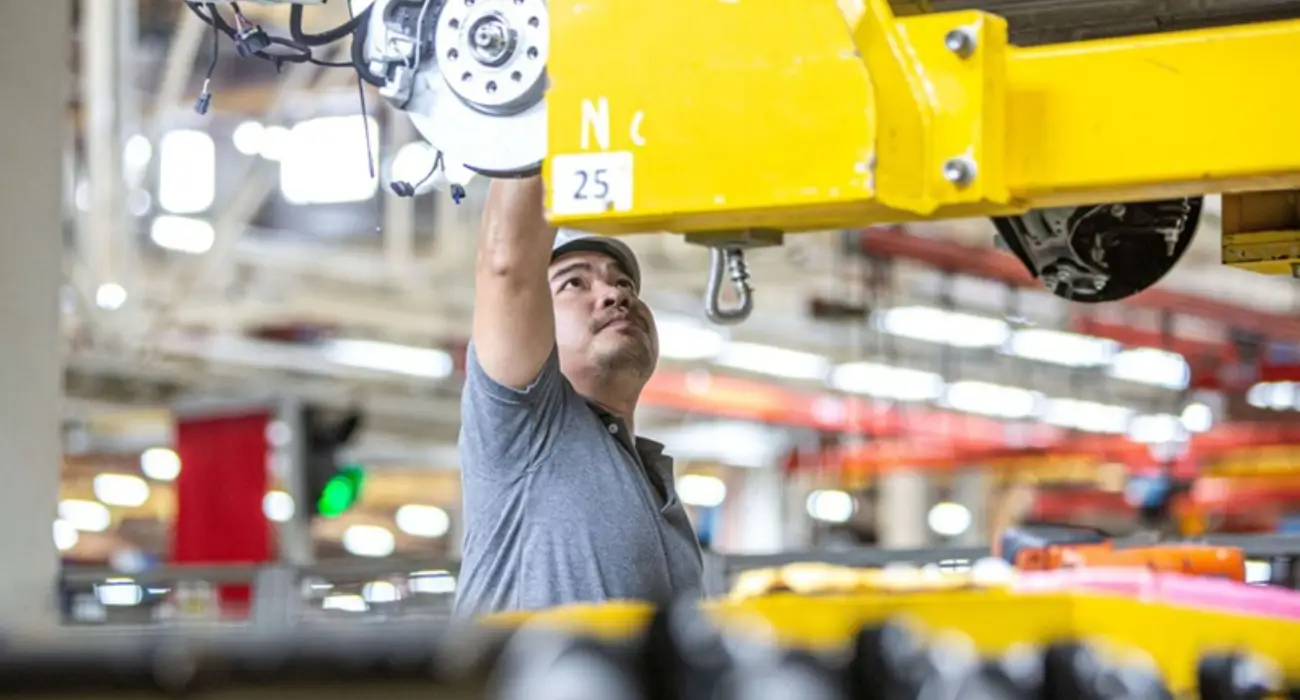Thailand’s small and medium-sized enterprises (SMEs), which employ over 12.9 million people, are grappling with a deepening crisis fueled by a lack of innovation, declining sales, and mounting pressures from global trade wars. As business closures sweep across the country, affecting tens of thousands of workers, economic experts warn that without urgent technological adoption and increased investment in research and development (R&D), the backbone of Thailand’s economy risks further erosion.
A Wave of Closures and Job Losses
In 2024, nearly 24,000 SMEs deregistered, while over 1,234 factories—predominantly in the manufacturing sector—shut their doors, according to data from Thailand’s National Economic and Social Development Council (NESDC). These closures have left more than 35,000 workers without jobs, underscoring the severity of the challenges facing the sector. The manufacturing industry, a critical driver of employment, has been particularly hard-hit, with competitiveness remaining a persistent concern amid regional and global market shifts.
Danucha Pichayanan, Secretary-General of the NESDC, highlighted the urgent need for innovation to reverse this downward spiral. “One critical issue in the labour market is the need for technological adoption to ensure the survival of SMEs” he said. Without such measures, he cautioned, the cycle of declining sales and production output could intensify, further threatening livelihoods across the country.
Thailand’s Innovation Deficit
Thailand’s struggle to innovate is starkly evident when compared to its regional peers. According to the World Bank’s Thailand Economic Monitor for February 2025, only 11.9% of Thai firms incorporate innovation into their production processes—a figure dwarfed by the Philippines (40.9%), Vietnam (37.9%), and Malaysia (37.3%). Thailand also lags in other key metrics: just 8.2% of businesses introduce new products or services, 5.6% adopt foreign technology, and a mere 1.1% invest in R&D. In contrast, the Philippines leads the region with 21.9% of business activity dedicated to R&D, followed by Vietnam at 15.7%.
This innovation gap has tangible consequences. Thai businesses, unable to meet evolving customer demands, are losing ground in both domestic and international markets. The World Bank report identifies low investment in R&D as a structural barrier to competitiveness, a factor that likely contributed to the wave of SME and factory closures over the past year. As global trade wars disrupt sales and production continuity, the inability to adapt through technology exacerbates these external pressures.
Regional Disparities in ASEAN Innovation
The broader ASEAN landscape reveals a varied picture of innovation engagement, with Thailand consistently ranking at the bottom. The Philippines and Vietnam stand out as leaders, with significant portions of their businesses embracing new processes and products. In the Philippines, 32.9% of firms introduce new offerings, while Vietnam sees 23.2% doing the same. Malaysia, though strong in process innovation, falls behind in product development, with only 3.5% of firms launching new services or goods. Indonesia, meanwhile, excels in adopting foreign technology (23.7%) but struggles with process innovation (11.4%).
Thailand’s lagging performance across all categories signals a missed opportunity to harness innovation for economic growth. The NESDC warns that without addressing this gap, Thai SMEs will struggle to scale and compete on the global stage, particularly as regional neighbors continue to advance.
Economic and Social Implications
The stakes for Thailand’s economy are high. SMEs account for a substantial share of employment, and their stability directly impacts the incomes and livelihoods of millions. The ripple effects of business closures extend beyond individual workers to entire communities, particularly in industrial hubs where manufacturing dominates. As sales and production decline, the broader economy faces risks of stagnation, with reduced consumer spending and weakened investor confidence adding to the challenges.
Global trade wars have compounded these domestic struggles. Tariffs and supply chain disruptions have hit Thai exporters hard, particularly in sectors reliant on international markets. Without the buffer of innovative practices to cut costs or pivot to new products, many SMEs find themselves unable to weather these external shocks. The NESDC notes that the lack of progress in modernizing production processes leaves Thailand vulnerable to such volatility, a concern echoed by international observers.
Proposed Solutions and Policy Responses
In response to the crisis, the NESDC has called for expanded access to financing for SMEs, aimed at enabling them to adopt technology and improve production efficiency. Such measures, the council argues, could help reduce costs and bolster competitiveness in an increasingly unpredictable market. “Strengthening the competitive edge of SMEs would not only stabilize employment but also boost incomes for millions of workers” a spokesperson for the NESDC emphasized.
The public and private sectors have also been urged to prioritize innovation in production processes. Collaborative efforts to increase R&D investment and facilitate technology transfer could help close the gap with regional peers. The World Bank suggests that targeted policies—such as tax incentives for innovation or partnerships with tech providers—could encourage more Thai firms to modernize. However, implementation remains a challenge, with bureaucratic hurdles and limited funding often cited as barriers by business owners.
Voices from the Ground
For many SME owners, the struggle to innovate is not just a matter of policy but of survival. A factory owner in Bangkok, who requested anonymity due to concerns about public perception, described the difficulties of staying afloat. “We want to invest in new technology, but the costs are too high without support. Every month, we see sales drop, and we can’t keep up with competitors abroad” he said. His story reflects a broader sentiment among small business owners, many of whom feel caught between rising operational costs and shrinking profit margins.
Workers, too, bear the brunt of these challenges. A laid-off manufacturing employee from a recently closed factory in central Thailand shared his uncertainty about the future. “I’ve been looking for work for months, but there are so few openings now. I don’t know how I’ll support my family” he said. Such personal accounts highlight the human toll of the SME crisis, underscoring the urgency of finding sustainable solutions.
Looking Ahead: Challenges and Opportunities
As Thailand navigates this economic crossroads, the path forward remains uncertain. While policy recommendations from the NESDC and World Bank offer a roadmap, their success hinges on swift and coordinated action. Bridging the innovation gap will require not only financial investment but also a cultural shift within the business community to embrace change and adaptability.
At the same time, the global economic landscape continues to evolve, with trade tensions showing no signs of abating. For Thai SMEs, the ability to pivot and innovate could mean the difference between survival and collapse. As stakeholders across sectors weigh their next moves, the question looms: can Thailand turn the tide before more businesses—and livelihoods—are lost?
















